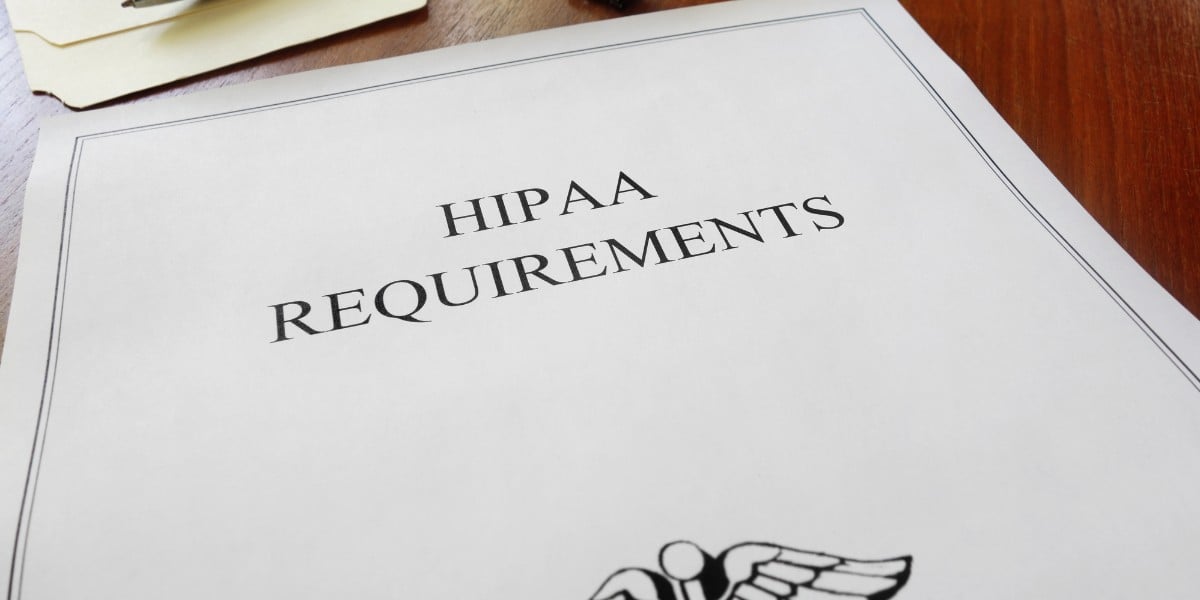
According to Paubox, “Any party involved in handling protected health information (PHI) is required to adhere to HIPAA regulations.” This can include social workers. Social workers can handle PHI under certain circumstances, particularly when they are involved in providing healthcare services or collaborating with healthcare providers.
What information is considered PHI?
Protected Health Information (PHI) under HIPAA includes any individually identifiable health information that is transmitted or maintained in any form or medium, whether electronic, paper, or oral. Here are the key elements that make information PHI:
Patient identifiers: Any information that can be used to identify an individual, such as:
- Name
- Address (including geographic subdivisions smaller than a state)
- Dates (birthdates, admission dates, discharge dates, etc.)
- Telephone numbers
- Email addresses
- Social Security numbers
- Medical record numbers
- Health plan beneficiary numbers
- Account numbers
- Certificate/license numbers
- Vehicle identifiers (including license plate numbers)
- Device identifiers and serial numbers
- URLs
- IP addresses
- Biometric identifiers (fingerprints, voiceprints, etc.)
- Full-face photographs or comparable images
- Any other unique identifying characteristic or code
Health information: Any information, including demographic data, collected from an individual that:
- Relates to the individual's past, present, or future physical or mental health condition.
- Relates to the provision of healthcare to the individual.
- Relates to the payment for healthcare services provided to the individual.
Examples of PHI include
- Medical diagnoses
- Treatment information
- Medication information
- Test results
- Healthcare provider notes
- Insurance information relating to healthcare
Related: FAQs: Protected health information (PHI)
Applying HIPAA Rules to protect PHI
HIPAA regulations require healthcare professionals, including social workers, who transmit or maintain PHI to protect the PHI they are exposed to. Protecting PHI involves several key measures to ensure the confidentiality, integrity, and availability of patient information. Here’s how HIPAA is used to safeguard PHI:
- Privacy Rule: The HIPAA Privacy Rule establishes national standards for the protection of PHI in all forms (electronic, paper, or oral). It requires covered entities and their business associates to implement policies and procedures to protect PHI.
- Security Rule: The HIPAA Security Rule complements the Privacy Rule by setting standards for the security of electronic PHI (ePHI). It requires covered entities to implement administrative, physical, and technical safeguards to protect ePHI from unauthorized access, use, or disclosure.
- Administrative safeguards: Policies and procedures that manage the selection, development, implementation, and maintenance of security measures to protect ePHI.
- Physical safeguards: Controls and policies to restrict physical access to ePHI, such as facility access controls and workstation security.
- Technical safeguards: Technology-based measures to protect ePHI, including access controls, encryption, and secure transmission methods.
- Breach Notification Rule: The HIPAA Breach Notification Rule requires covered entities to notify affected individuals, the Secretary of Health and Human Services (HHS), and in some cases, the media, following a breach of unsecured PHI. Notifications must be prompt and include specific information about the breach and steps individuals can take to protect themselves.
- Minimum Necessary Standard: Covered entities must limit the use or disclosure of PHI to the minimum necessary to accomplish the intended purpose. This ensures that only the information necessary for a specific task or activity is accessed or disclosed.
- Business associate agreements (BAAs): Covered entities must have contracts or agreements in place with their business associates that outline the business associate’s obligations to protect PHI.
- Training and awareness: Covered entities must provide training to their workforce on HIPAA policies and procedures, including the importance of protecting PHI and the consequences of non-compliance.
FAQs
What steps should covered entities take to achieve HIPAA compliance?
Covered entities should:
- Conduct a risk assessment to identify vulnerabilities.
- Implement policies and procedures to address privacy and security requirements.
- Train employees on HIPAA regulations and proper handling of PHI.
- Monitor compliance and regularly update policies based on changes in technology and healthcare practices.
Read more: The first step in HIPAA compliance
What are the requirements for HIPAA compliant training of employees?
Covered entities must provide training to employees on HIPAA policies and procedures, including the importance of protecting PHI, handling disclosures, and reporting breaches. Training should be provided upon hire and regularly thereafter.
See also: HIPAA training courses and programs
Subscribe to Paubox Weekly
Every Friday we'll bring you the most important news from Paubox. Our aim is to make you smarter, faster.



